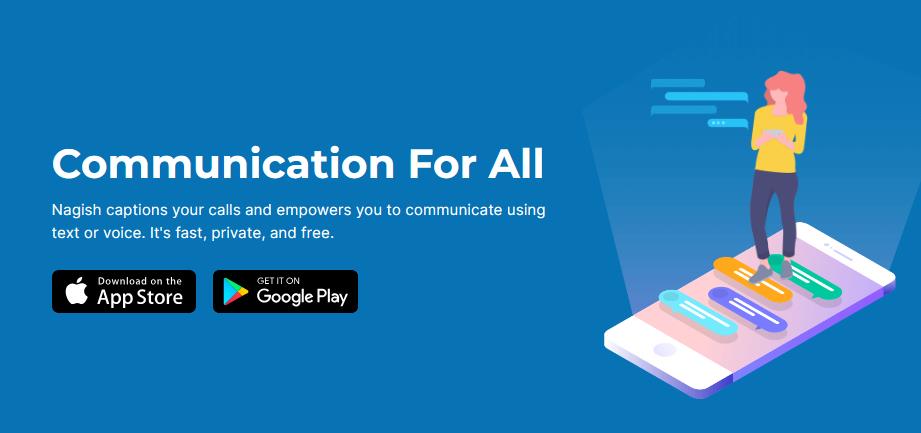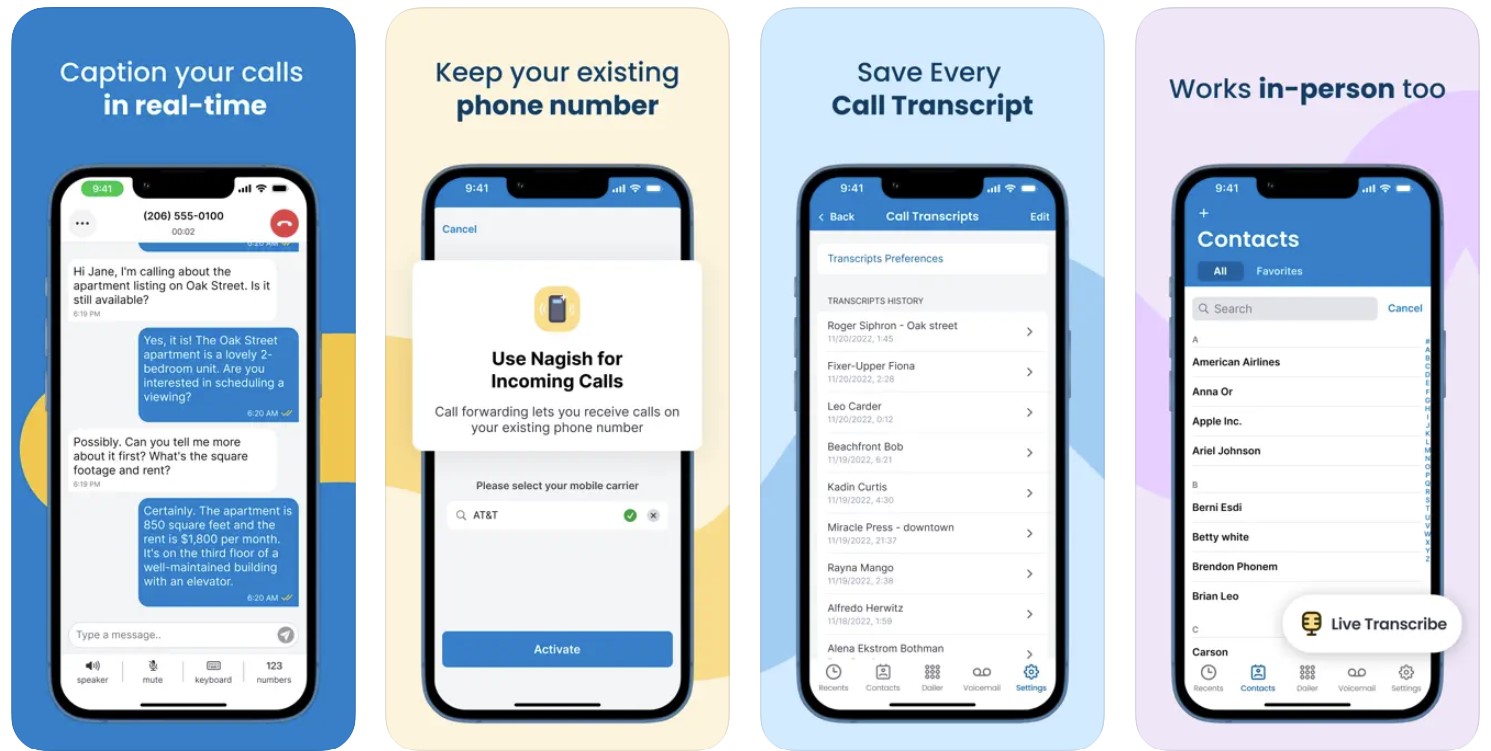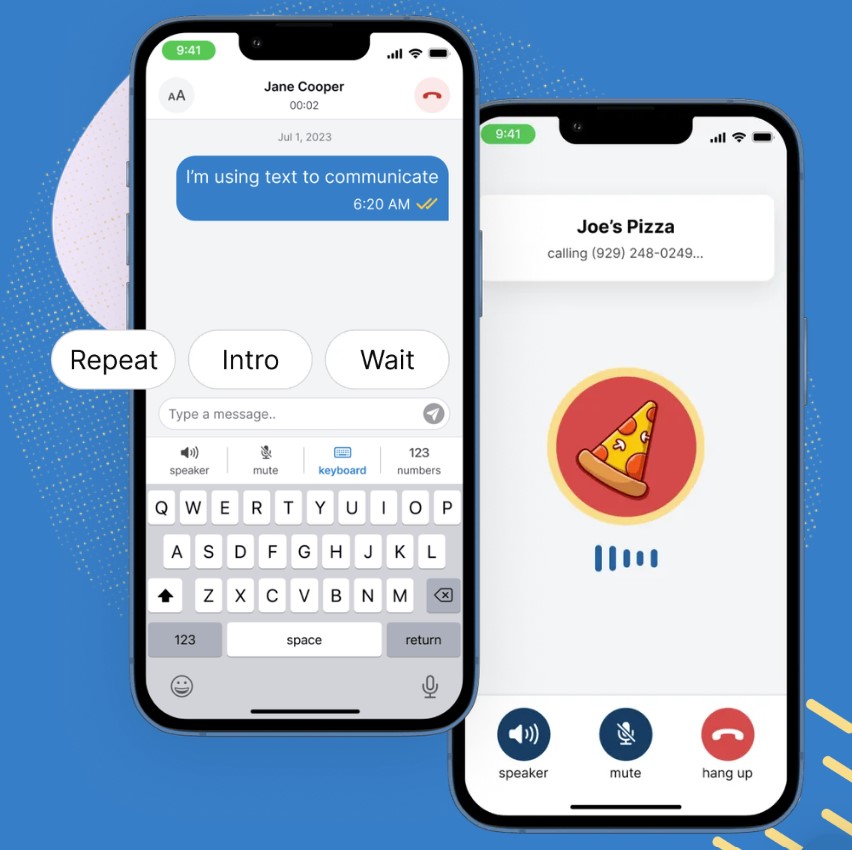
Introduction
Assistive technology includes tools, devices, and systems designed to support people with disabilities, enhancing their ability to perform daily tasks, and communicate. One such innovative tool is the Nagish app, which breaks communication barriers for people who are deaf, hard of hearing, or have speech disabilities. By addressing both individual needs and societal barriers, Nagish exemplifies how technology can foster inclusion and independence.
Overview of Nagish App
Nagish is a mobile and web-based application designed to make phone conversations accessible for people with hearing or speech disabilities. It allows users to engage in phone calls through real-time conversion of speech to text and text to speech. This approach aligns with the medical model of disability, which sees technology as a way to address the functional limitations experienced by individuals. However, Nagish does more than compensate for individual impairments—it also challenges societal barriers, following the principles of the social model of disability, by making communication systems more inclusive.

Key Features:
- Real-time Speech-to-Text Conversion: During phone calls, Nagish converts spoken words into text, allowing individuals who are deaf or hard of hearing to follow the conversation in real time. By offering this service, the app helps overcome the physical limitations identified in the medical model, while also reducing societal barriers to communication.
- Text-to-Speech Functionality: For people with speech disabilities, the app converts typed text into spoken words, enabling clear communication during phone calls. This feature helps bridge the gap between the individual’s physical abilities and societal expectations for verbal communication, aligning with the biopsychosocial model of disability, which recognizes both individual needs and environmental challenges.
- Privacy and Security: Nagish ensures that phone calls are encrypted, maintaining user privacy. This autonomy in communication is critical for individuals who may rely on third-party services in other settings, addressing societal exclusion while empowering personal independence.
- No Need for Interpreters: By automating communication with its speech-to-text and text-to-speech features, Nagish removes the need for third-party interpreters. This allows users to communicate more privately and independently, supporting the social model’s goal of minimizing reliance on external support and eliminating societal barriers.
- Multiple Language Support: The app supports various languages, ensuring broader accessibility for users from different linguistic backgrounds.

Benefits and Impact:
- Increased Independence: By automating speech-to-text and text-to-speech communication, Nagish allows people with hearing or speech disabilities to engage in phone calls without the need for a third party. This independence reflects both the medical model’s focus on individual capabilities and the social model’s goal of reducing societal barriers.
- Accessible to All: Nagish works with any phone number, enabling individuals to communicate with others who do not use the app. This inclusivity addresses the social model’s emphasis on making systems and environments more accessible.
- Efficient Communication: The real-time transcription and text-to-speech features offer a faster, more streamlined communication process than traditional methods such as relay services or text messaging.
- Cost-Effective: By eliminating the need for specialized equipment or third-party services, Nagish provides an affordable option for accessible communication.
Challenges and Limitations
Despite its many advantages, the Nagish app faces some challenges:
- Transcription Accuracy: Speech-to-text technology is not always perfect, with potential issues in understanding accents, background noise, or rapid speech. This limitation may affect how well the app compensates for individual impairments.
- Dependence on Internet Connectivity: Nagish requires a stable internet connection to function properly. In areas with limited connectivity, this could pose a challenge to accessibility, as societal infrastructure plays a role in determining whether the app can fully remove communication barriers.
- Handling Complex Conversations: Although Nagish works well for straightforward communication, it may not capture the emotional nuances or subtleties required in more complex conversations. This challenge reflects the biopsychosocial model’s understanding that communication goes beyond mere functional capabilities.
Conclusion
The Nagish app demonstrates the power of assistive technology in addressing both personal and societal aspects of disability. By examining Nagish through the lenses of the medical, social, and biopsychosocial models of disability, it becomes clear that the app not only provides a solution to individual communication needs but also works to dismantle the barriers imposed by traditional communication systems. While there are limitations, Nagish represents an important step toward making phone conversations more accessible and inclusive for people with hearing and speech disabilities.

